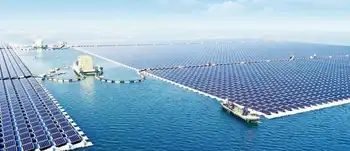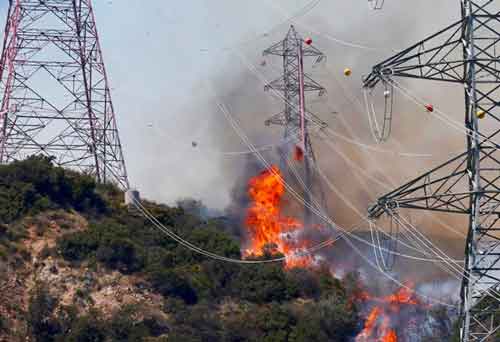Two TVA plants taken offline
By Knoxville News Sentinel
Electrical Testing & Commissioning of Power Systems
Our customized live online or in‑person group training can be delivered to your staff at your location.

- Live Online
- 12 hours Instructor-led
- Group Training Available
One unit at the Browns Ferry site in northern Alabama was pulled completely offline the morning of August 8 following the discovery of a leak in instrumentation used to monitor temperatures in the plant's main steam lines.
In an unrelated incident the day before, all three Browns Ferry units were reduced to 50 percent power following the failure of a transformer that supplies electricity to cooling tower equipment. Power was reduced in order to keep the temperature of water released from the plant into the river system within regulatory limits, said TVA spokesman John Moulton.
"We never exceeded the thermal limit, which is 90 degrees," Moulton said.
The Watts Bar plant was taken offline August 7 to repair a hydrogen leak inside the main generator that workers have been monitoring since August 1. Power has been decreased incrementally since that time, Moulton said, and with a recent cooling trend it was decided to bring the plant completely offline to make the repair.
Moulton would not say when the plants would be back in operation, calling that information proprietary.
At capacity, Browns Ferry can produce 3,440 megawatts of power, enough to supply 1.3 million homes. Watts Bar, near Spring City, Tenn., has a capacity of about 1,100 megawatts, supplying the equivalent of 650,000 homes. As a result of the outages, TVA has lost approximately 2,255 megawatts of generating capacity.
The shutdowns follow on the heels of an announcement by TVA that customers can expect a sizable increase in their fall electric bills because of spikes in the cost of coal and natural gas, which affect TVA's generating plants and the power it buys from outside suppliers. The agency also said the lingering drought has reduced the amount of hydropower that can be generated by TVA dams and that it has bought 11 percent more power on the open market than during the same period last year.
The financial impact of the most recent incidents won't be known until the outages are over, said Moulton. But a break in the August heat wave should help, he said.
Demand for power was expected to be about 26,200 megawatts, a drop from hotter days earlier in the week when demand ranged from 30,0000 to 31,000 megawatts, Moulton said.
"The fact that we don't have two nuclear units available of course isn't what it would be on a day of high demand," he said. "The price of power right now is about 15 to 20 percent lower than it was earlier in the week."
Moulton called the simultaneous mechanical issues at the plants "unusual" but said that planning for such outages is part of the business.
"You want to keep them to a minimum, but you take it into account," he said. "We know that we're going to have some unplanned shutdowns, and that's taken into account as far as how you're going to meet the demand."











